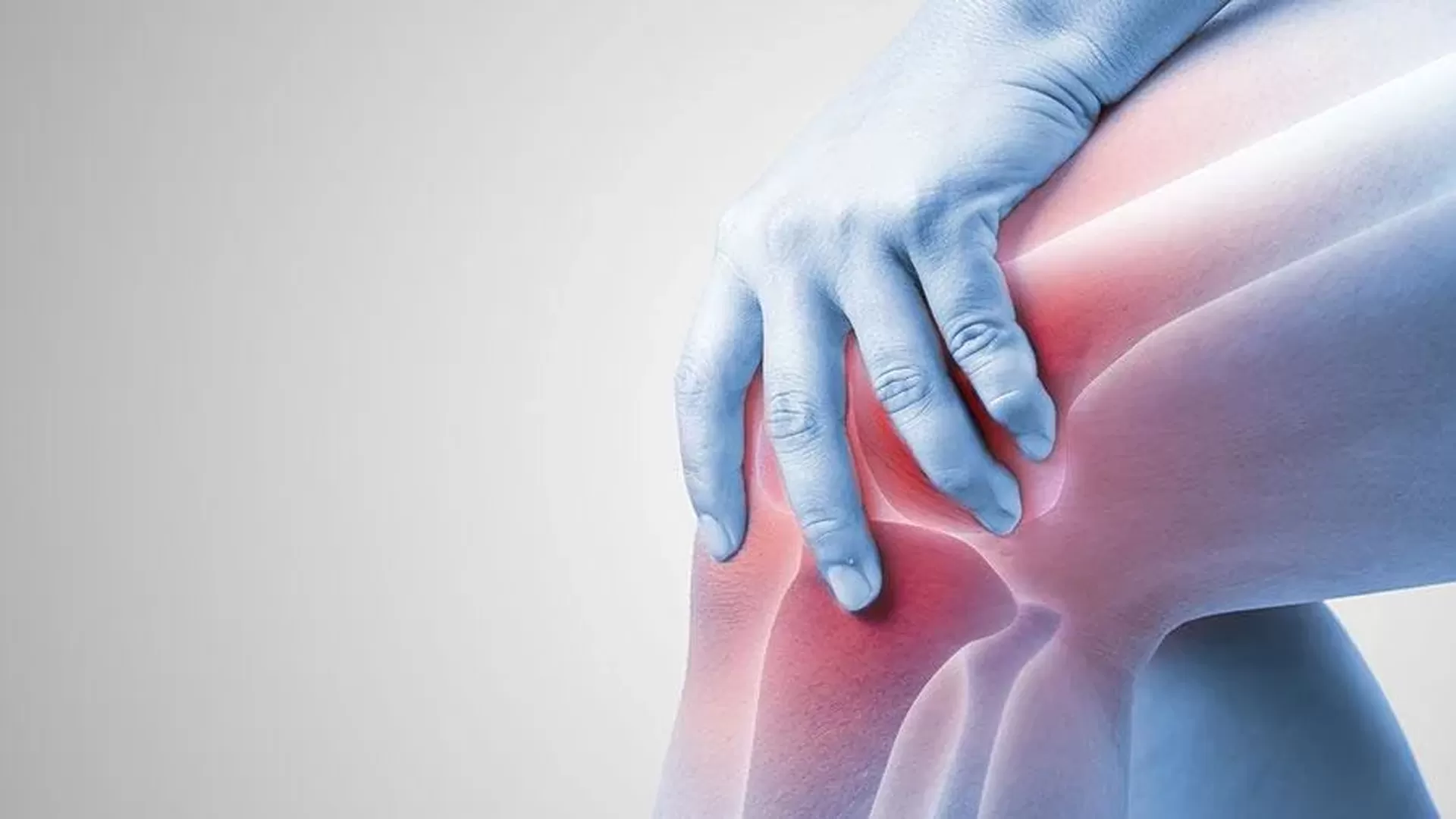Knee pain is a common issue that can arise from various causes, ranging from acute injuries to chronic conditions. The knee joint is a complex structure that supports movement and bears a significant portion of the body’s weight. When affected, it can impact mobility and quality of life. Here is more information on this condition, its symptoms, causes, how it is diagnosed, and treatment options:
What Is Knee Pain?
Knee pain refers to discomfort, aches, or inflammation around the knee joint. It can develop suddenly due to an injury or gradually over time from wear and tear. The pain may be localized in specific areas, such as the front, sides, or back of the knee, or it may be more generalized. The severity and nature of the pain vary depending on its underlying cause.
What Are the Common Causes?
Several conditions can lead to knee pain. Here are four common causes:
- Patellofemoral Pain Syndrome: This condition occurs when the cartilage under the kneecap becomes irritated. It is commonly seen in individuals who engage in repetitive motions, such as running or jumping. Patellofemoral pain syndrome typically results in discomfort around the front of the knee, particularly when sitting for extended periods or climbing stairs.
- Osteoarthritis: Osteoarthritis of the knee is a degenerative joint disease that occurs when the cartilage cushioning the bones deteriorates. It is more common in older adults but can also affect younger individuals with joint injuries. Symptoms include pain, stiffness, and swelling that worsen with activity but may improve with rest.
- Meniscus Cartilage Tears: The meniscus is a C-shaped cartilage in the knee that acts as a shock absorber. Tears can occur due to sudden twisting or overloading of the joint, often during sports activities. Symptoms may include sharp pain, swelling, and a feeling of the knee giving way during movement.
- Tendonitis: Tendonitis refers to inflammation of the tendons around the knee, such as the patellar tendon. This condition is often caused by overuse or repetitive stress, leading to a dull ache or tenderness. It is common among athletes who frequently engage in jumping or running.
How Is Knee Pain Diagnosed?
Diagnosing the cause of knee pain typically involves a clinical evaluation and diagnostic imaging. A healthcare provider may begin by taking a detailed medical history and asking about the nature of the pain, recent activities, and any prior injuries. A physical examination of the knee is conducted to assess movement, strength, and stability. Imaging studies such as X-rays, MRIs, or ultrasounds help identify structural damage, inflammation, or other abnormalities.
What Are the Available Treatment Options?
Various treatments focus on relieving pain, reducing inflammation, and restoring knee function. The choice of treatment depends on the underlying cause and severity of the condition.
- Temporary Immobilization: Braces or casts may provide support and limit movement to protect the knee.
- Anti-inflammatory Medications: Over-the-counter or prescription medications help reduce swelling and discomfort.
- Physical Therapy: Strengthening the muscles around the knee and improving flexibility enhances joint stability, reducing pain.
- Hyaluronic Acid and PRP Injections: These injectable treatments aim to lubricate the joint and promote healing.
- Steroid Injections: Targeted injections may alleviate inflammation and provide temporary pain relief.
- Genicular Radiofrequency Ablation: This minimally invasive procedure can block nerve signals to reduce chronic knee pain.
Find the Cause of Your Pain Today
Knee pain can significantly impact daily life, but understanding its causes and treatment options is the first step toward recovery. If you are experiencing knee discomfort, consult a healthcare professional for evaluation and treatment. Address your pain today and explore individualized treatment plans with a healthcare provider.









Leave a Reply